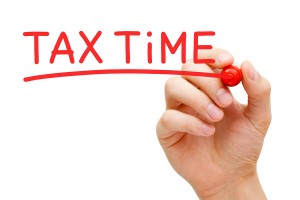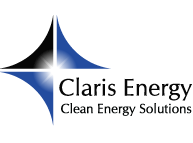 The tax code doesn’t have many exciting provisions. But Section 179D may be an exception. It is the code which governs the energy efficiency of commercial buildings, and first appeared in the tax code in 2005’s Energy Policy Act. This was done because Congress wished to encourage the building of energy-efficient buildings with incentives. Commercial buildings were targeted due to the fact that almost forty percent of the electricity use in the United States is due to the commercial sector.
The tax code doesn’t have many exciting provisions. But Section 179D may be an exception. It is the code which governs the energy efficiency of commercial buildings, and first appeared in the tax code in 2005’s Energy Policy Act. This was done because Congress wished to encourage the building of energy-efficient buildings with incentives. Commercial buildings were targeted due to the fact that almost forty percent of the electricity use in the United States is due to the commercial sector.
The Ins And Outs of 179D
The 179D tax deduction rewards commercial builders whose efforts to increase energy efficiency surpass industry standards. The higher a newly-constructed building’s energy efficiency is, the higher the deduction they will receive.
This provision measures the efficiency of a building in three ways: the lighting, the building’s envelope and its HVAC system. Interestingly, technology doesn’t play a role in 179D. Success is what is rewarded with this provision, and not the technology used to achieve it. This has resulted in much innovation and several new ideas for how to increase the efficiency of commercial buildings.
To ensure that the energy saved with a newly-constructed green building is accurate, the provision requires independent certification to be obtained after a building has been put into service. Usually, a licensed engineer executes the certification.
Governments Also Encouraged to Build Green
179D encourages government at all levels to go green with their new buildings. Here, tax deductions get passed to the building’s designer. This has proven to be a much-welcomed event for those smaller engineering, architecture and construction companies in the country, because these deductions have allowed thousands of construction jobs have been created and continue to be able to be maintained. As well, national contracting, engineering and architectural organizations have been able to keep more money in their coffers instead of handing funds over to the IRS.
Advantages to Taxpayers
There is also a significant taxpayer benefit where 179D is concerned. The significant cost of energy inefficiency is usually passed on to the taxpayer, to the tune of $10 billion per year. According to the EPA, this amount could be reduced by as much as 30% if more energy-efficient buildings were being used.
Where school districts are concerned, more money per year is being spent on energy than on computers and textbooks combined – $6 billion per year. And inefficient usage of energy makes up one-third of that amount.
However, when energy efficiency is improved across state government, schools and local government, real cost savings are the result.
Although 179D expired at the end of 2013, it did receive an extension. This extension raised the energy standards, which will only encourage further efficiency. Builders, architects and engineers will now have to work harder to receive the deduction. However, this will only serve to benefit society as a whole.
Steve Nanos
Latest posts by Steve Nanos (see all)
- LED Lighting – A Great EPAct 179D Qualification Possibility - February 3, 2015
- 45L Credit Requirements for Begun Constructions - January 29, 2015
- Can Section 179D Incentives Help Businesses Save a Lot of Money? - January 27, 2015

 609.275.8484
609.275.8484